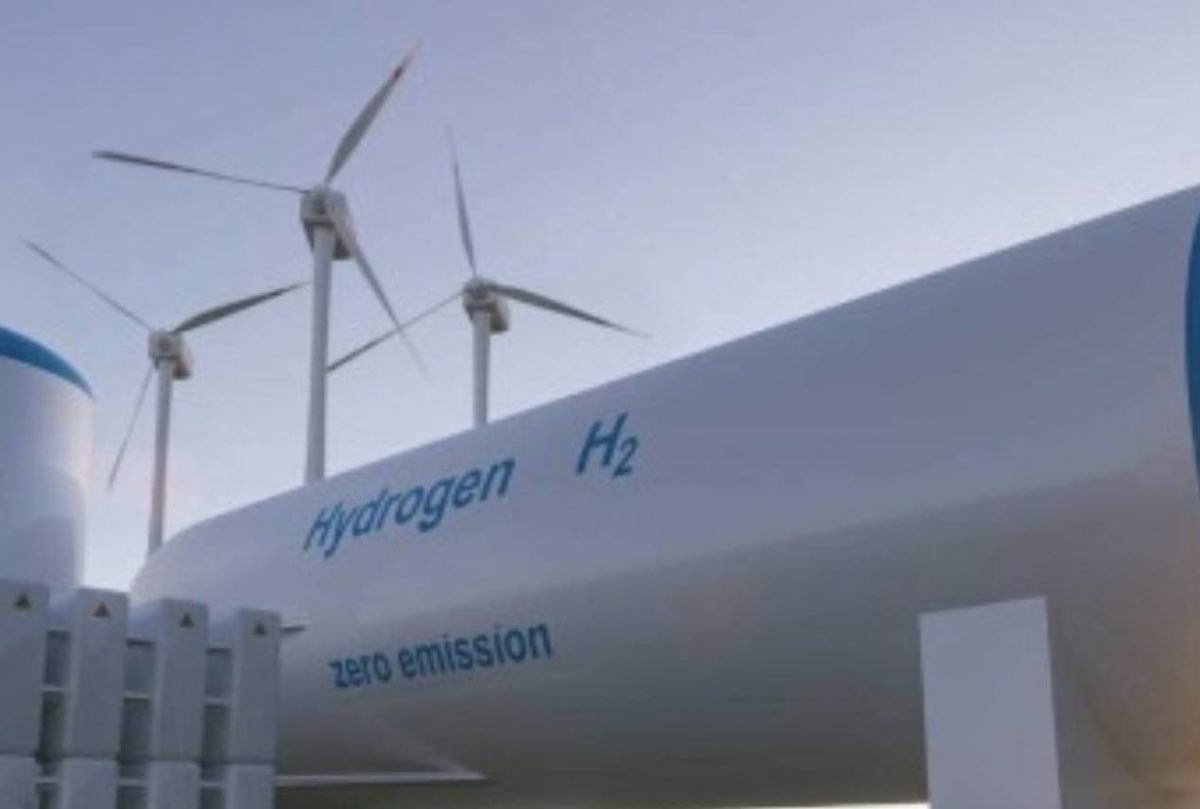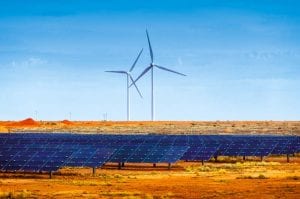A new report from BloombergNEF has found that green hydrogen, created using renewable energy, is on track to be cheaper than existing grey hydrogen, made using gas, in five key markets by 2030.
On the spectrum of hydrogen production, blue hydrogen is created using gas supported by carbon capture and storage. Grey hydrogen is created using gas or methane, using steam methane reformation, but without capturing the greenhouse gases made in the process.
Only hydrogen made with 100 per cent renewable resources like solar and wind energy can be classified as zero emissions “green” hydrogen.
BNEF says global inflation and higher financing costs has pushed the levelised cost of hydrogen up slightly in 2023. Conversely, a drop in gas prices has meant that blue hydrogen remains the most competitive low-carbon option available to producers.
But not for long. According to the BloombergNEF (BNEF) report, new renewable hydrogen projects will be cheaper than running an existing grey hydrogen asset at marginal cost in five key markets by 2030.
Specifically, new green hydrogen plants will undercut existing grey hydrogen plants in Brazil, China, Sweden, Spain, and India by 2030. By 2035, new green hydrogen will undercut new grey hydrogen in over 90% of markets.
Meanwhile, by 2050, BNEF predicts that the levelised cost of newly built green hydrogen will undercut the marginal cost of grey hydrogen from existing plants in all modelled markets.

Despite the current imbalance towards blue hydrogen, BNEF predicts that green will nevertheless undercut blue hydrogen one to three years earlier in all modelled markets.
BNEF expects green hydrogen to be cheaper than new blue hydrogen by 2028 using Chinese alkaline electrolysers, and by 2033 using western alkaline electrolysers.










